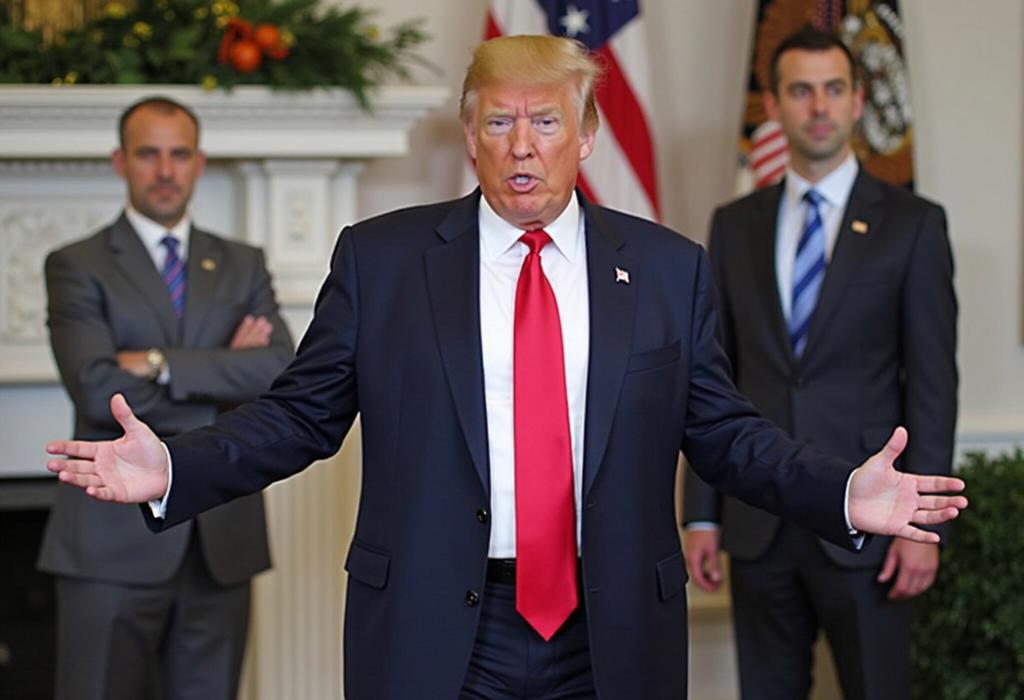On April 2, former United States President Donald Trump announced a new 'reciprocal tariff' system aimed at addressing what he describes as an unjust global trade landscape. Effective April 5, Trump's plan imposes a baseline tariff of 10% on nearly all goods imported into the U.S., with an additional set of tariffs targeting 57 countries based on their trade deficits with the United States.
At first glance, this initiative may seem like a straightforward approach to rectifying perceived trade imbalances. Trump’s rationale appears to suggest that by matching higher tariffs imposed by other countries on U.S. products, fair play is achieved. However, economic experts quickly pointed out that the execution of this approach might be fundamentally flawed.
Critics argue that the calculations behind the new tariffs are overly simplistic and don’t accurately reflect the complexities of global trade dynamics. Tariffs should not be viewed as a binary metric of fairness but rather as instruments that can lead to higher prices for consumers. Notably, the selected formula – which divides the trade deficit with a country by the total imports from that nation, then halves that value to determine the tariff percentage – lacks nuance. It assumes trade deficits are solely the product of unfair trading practices rather than varying structural economic conditions.
This method could escalate tensions in international trade relations. Experts contend that rather than leveling the playing field, such a tariff regime could provoke retaliatory measures from countries affected by these tariffs, potentially leading to trade wars and broader economic destabilization. Since Trump's announcement, stock markets reacted negatively, with significant losses reported across major global indices.
The broader economic implication reveals a troubling undercurrent in how tariffs are framed and debated within U.S. discourse. The current administration’s fixation on trade deficits echoes historical misperceptions of economics, wherein deficits are conflated with losses rather than understood as complex exchanges of value. A well-rounded and stable trading environment requires more nuanced calculations, acknowledging both goods and services trade while embracing global supply chain dynamics.
In conclusion, while tariffs may appear as a solution to perceived unfair trade practices, outlining their potential consequences is crucial. Without careful consideration, the U.S. risks isolating itself from global markets, leading to domestic economic repercussions that could ultimately outweigh any short-term benefits derived from high tariffs.
AD
AD
AD
AD
Bias Analysis
Bias Score:
75/100
Neutral
Biased
This news has been analyzed from 11 different sources.
Bias Assessment: The article contains a pronounced bias reflecting skepticism towards Trump's tariff policies and presents a critical tone towards his administration's rationale for imposing tariffs. It aligns the tariffs with economic misunderstandings and highlights potential negative repercussions without providing equal emphasis on arguments in favor of these tariffs. This analysis leans heavily toward a critical perspective, which contributes to the elevated bias score.
Key Questions About This Article




